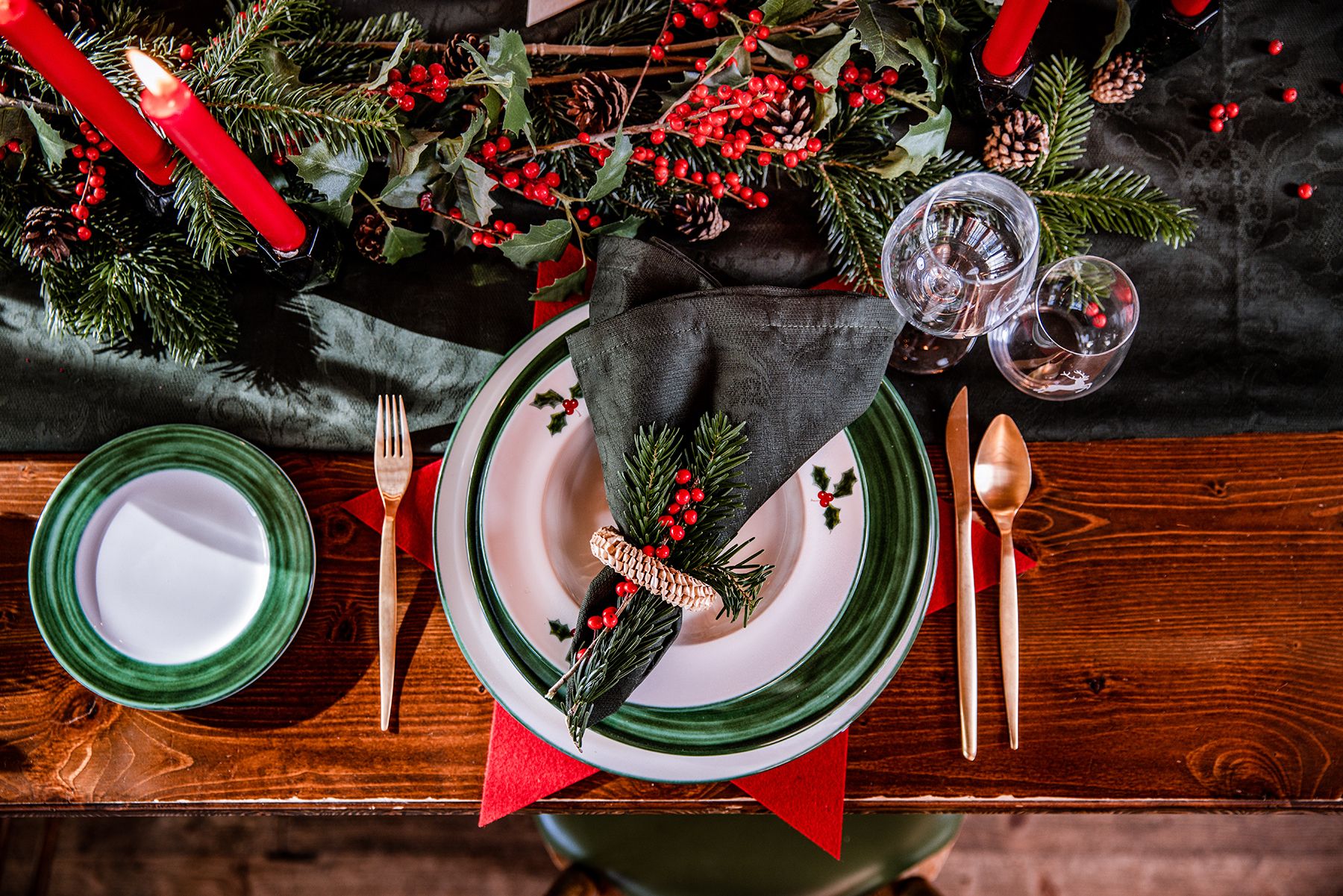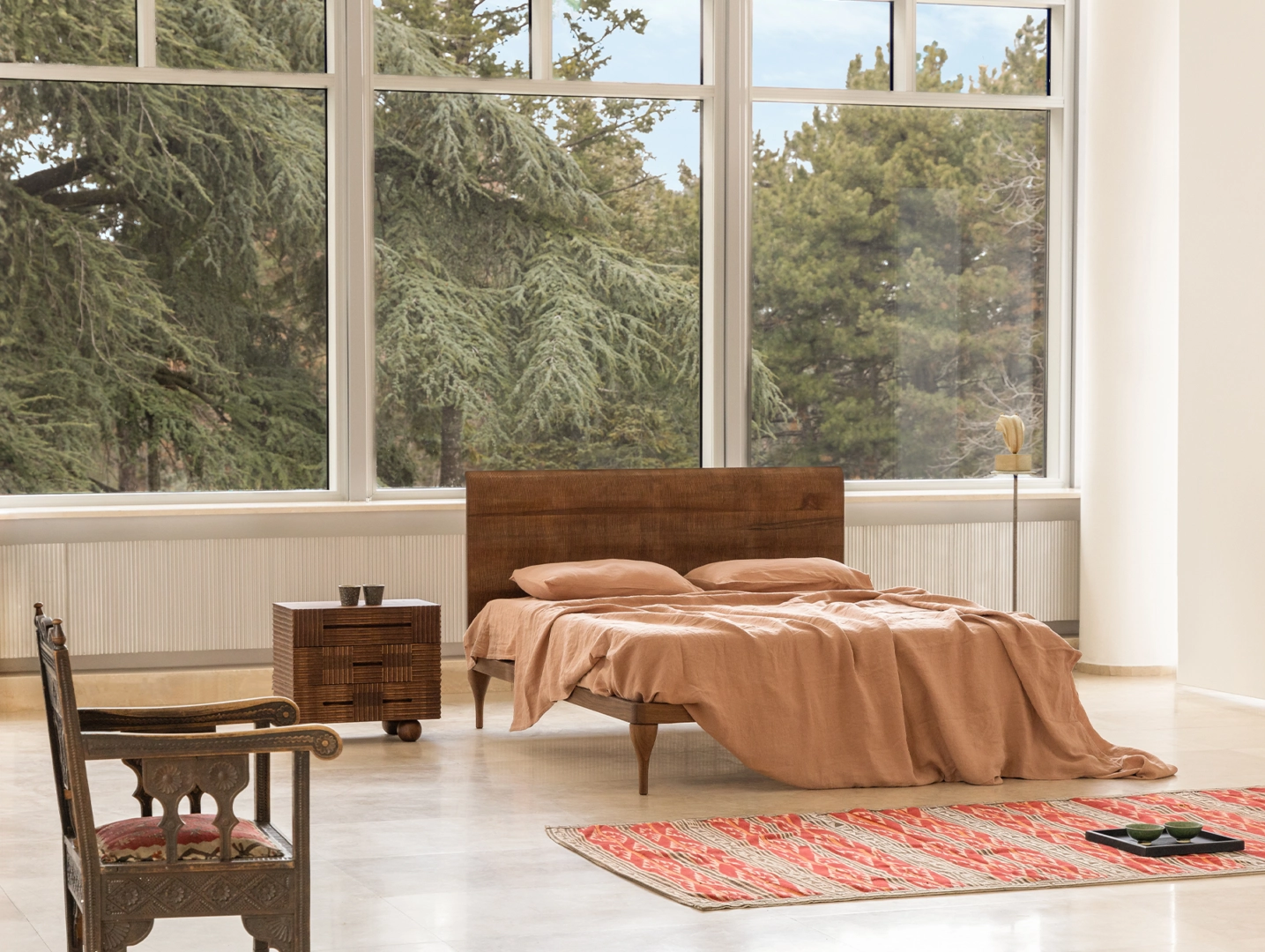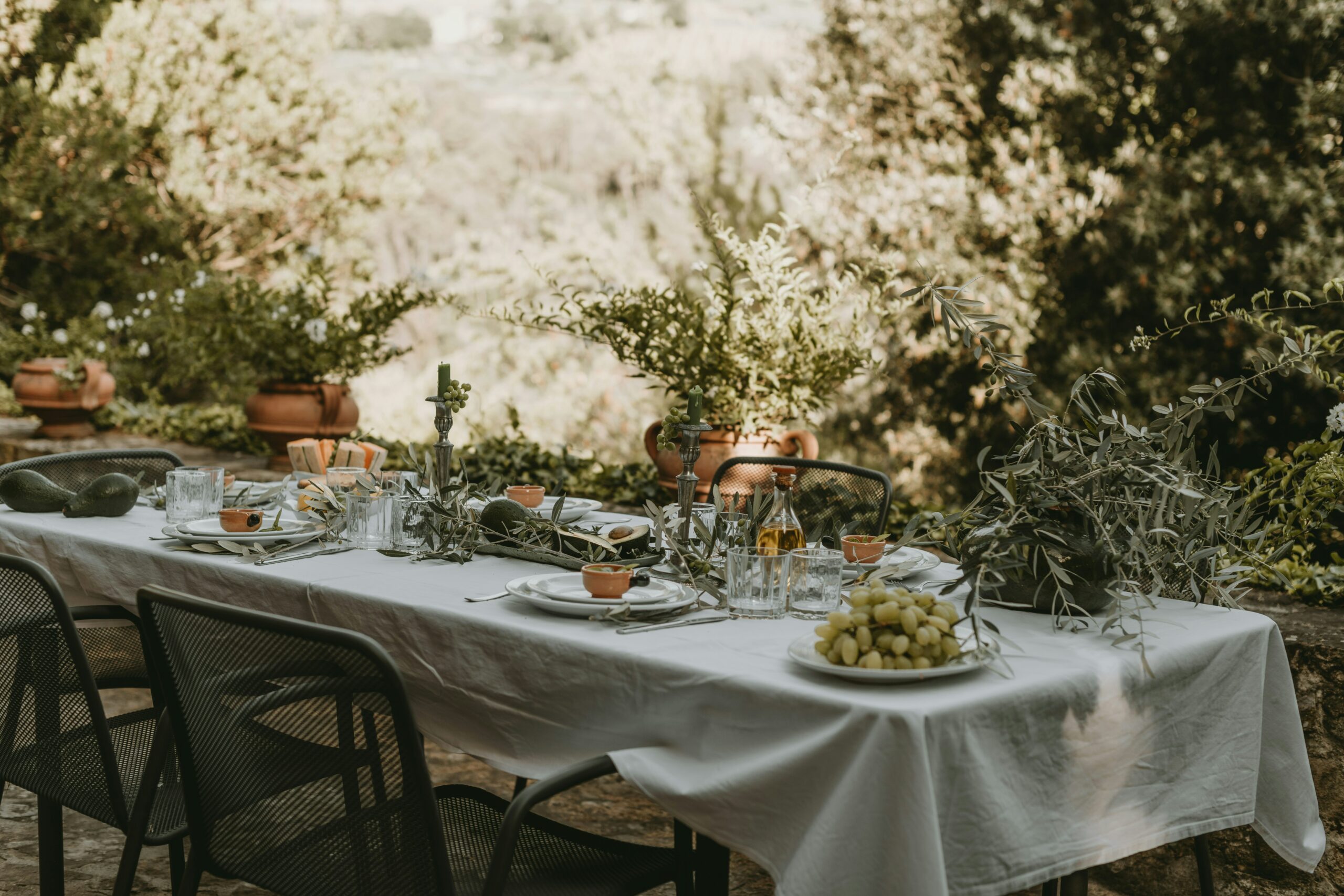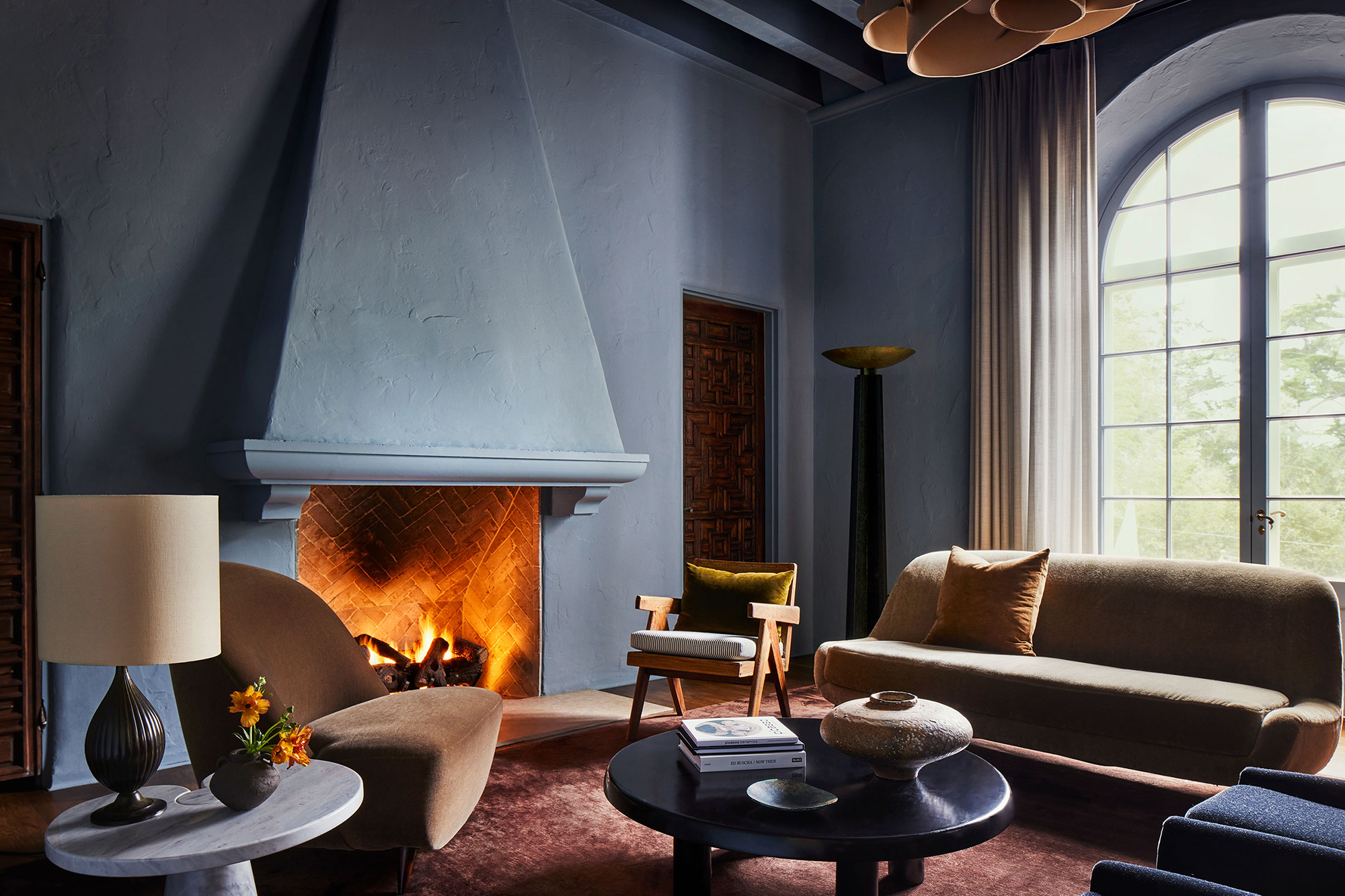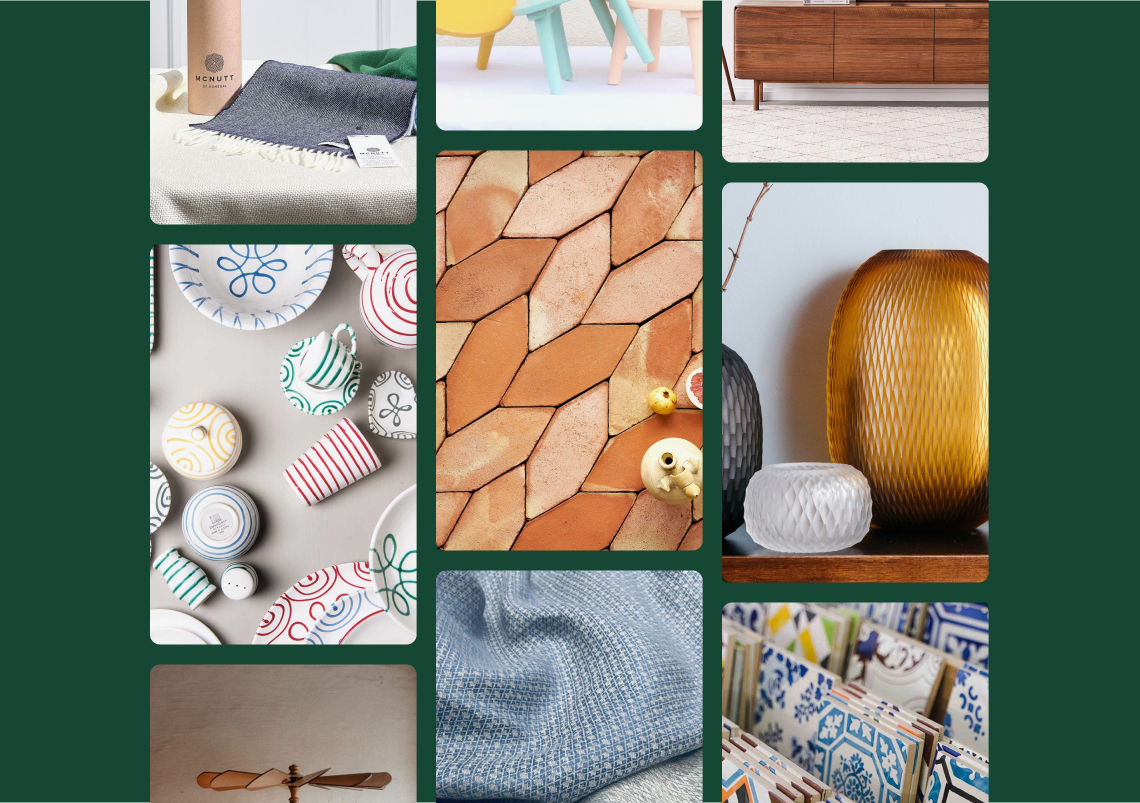Your cart is currently empty!

The Story behind The Keepers
A Story About What’s Worth Holding Onto
What will my grandchildren inherit from me?
That question sits with me more often than I expected—especially now, raising my baby girl.
My grandmother will leave behind embroidered bedding, softened by decades of washing and ironing, and a table that fed four generations and still echoes with laughter, arguments, and stories. She will leave behind objects worth keeping, memories we cherish, and stories from behind the table we will share with the next generation.
And I wonder: what will I leave behind? Will there be anything my grandchildren will fight over? Will we have core memories around the table—or will our minds be elsewhere, lost in work and screen time?
We are the first generation in centuries that risks passing on nothing of lasting value.
But something is shifting. Quietly, steadily. A movement is growing—not loud or angry, but deliberate and deeply personal. We’re asking better questions. Letting go of more. Holding onto what matters.
We dare to imagine a world where we make and keep only what truly matters.
We call those moments and things: The Keepers.

3 Generations, 3 Stories
The Grandmother: A Life of Holding On
My grandmother grew up just after World War II. Her mother gave her what she could—safety, a roof, and food on the table. As she likes to say, they ate polenta for breakfast, lunch, and dinner. So when my grandmother raised her own children, she gave them more: financial stability, a better education, and the full table she never had.
To her, a home isn’t a place to impress. It’s where you give your family everything you have. Her table has hosted baptisms, funerals, Sunday lunches, and spontaneous visits from neighbours. Her bedding was passed down to her, and now she plans to do the same—for me.
Everything in her home has a memory, has a story – things worth holding onto. And when she’s gone, those stories will still be here—stitched into linen, carved into wood, passed from hand to hand.
The Mother: A Life of Accumulating
My mother started her family in the 1990s, when Slovenia became independent. The West was the dream. Homemade marmalade was swapped for supermarket jam. Fast became better. Branded meant trustworthy. New equalled good.
She wanted to give me more than she had: financial safety, a good education. She was the first in our family to go to university. And she gave me what she craved herself—quality time, care, and a world of opportunities.
But one of the things she overdid was giving us too much. She keeps saying her generation had just enough and they were happy. Sometimes I wonder if she wishes she’d stopped there.
Her home is full of things that carry memories—but also stress. The attic is stacked. The storage room, a maze. “Just in case,” she’d say.
Now she sees it differently. She may leave us clutter, not meaning.
No one will have time to find the five items that matter when there are five hundred to sort through. And she feels the weight of it every day.
She says she’ll spend her retirement sorting it. I know she won’t.
The Daughter (Me): A Life of Rethinking
I left my home village to see the world. I landed in London, in the consulting fast lane, where people run on adrenaline, Deliveroo, and Amazon Prime. Everything is brought to you—because no one has time for anything. At first, it felt like success. I could afford a lot, but soon realised none of it brought me joy. I didn’t have time to enjoy it. And nothing made me feel at home.
Modern life rewards speed but punishes presence. Working hard became a substitute for connection. Convenience is seductive—but it steals our time. Too many options. Too much FOMO. We buy what we don’t need, then stress over how to store, waste, or resell it – instead of choosing things worth holding onto. But in a world that moves that fast, there’s no time to pause—let alone change.
Then I had my daughter.
Everything shifted.
I had time to reflect. To reconnect—with family, with friends, and most of all, with myself and my values.
Suddenly, I could see the pattern.
Each generation had given more: more safety, more opportunity, more presence. If I stayed in London, I could give my daughter even more material comfort than I had—but not my time, not my attention and with that the feeling of safety, love and connection.
If I carried on, it would be the first time in three generations that the daughter received less. And that didn’t feel right.
We began to think about moving back to my village in Slovenia. I didn’t just want a different life. I wanted a different way to live—for me, my family, and my daughter. A way to live that gives priority to connection with loved ones, and brings contentment through what we own and keep.
It was time to change.


Maybe your story looks different. Maybe you never left your hometown. Or inherited a bedsheet. Maybe you built your career, your home, your life in a city that now feels too fast.
But maybe you’ve still felt it – that quiet discomfort. That sense that all the access to all the things in the world hasn’t made life easier or happier. That restlessness when home doesn’t feel at peace.
That feeling that something’s missing and maybe it’s not more things, but more connection.
If you’ve felt that, you’re not alone.
What I Want to Build With The Keepers
I’m building my home differently, buy things worth holding onto and I’ll share what I learn along the way. In the coming weeks, I’ll introduce The Keepers I find: craftsmen, stories, and pieces I hope my daughter will one day pass on.
I spent years chasing what I thought I needed. Now I’m learning what’s actually worth keeping.
I want time for connection and rituals. I can’t work day and night to buy things I barely notice. I want to work enough. Buy intentionally. And fill the rest of my time with moments that matter: breakfasts that aren’t rushed, a couch for sharing stories after work, Saturday mornings that don’t begin with a delivery box.
I want a home that outlives me. No trendy tiles or fast fashion sofas. I want local materials, shaped by people who understand this place. A house with a soul—one that can be loved by generations, the kind that gets restored, not torn down.
I want lasting furniture that hold stories. IKEA doesn’t last. Big design brands confuse me—am I buying quality or just a label? I want to buy from people like my grandmother did: local craftsmen and small manufacturers who know materials they work with inside out. Who care about what they make. Who don’t cut corners. Who do it the slow way—the right way.
I want to re-learn how to care for what I own, for things worth holding onto. Care takes time—and we’ve forgotten how to polish a table, repair a chair. We’ve lost those rituals. I want to bring them back.
So that I can tell the stories of who’s sat at that table over the last 50 years.

The Keepers: A Quiet Rebellion
Today, there’s no real offer for people who feel connected to themselves.
The world gives us trends but forgets to ask what memories we want to make. It gives us innovation, but hides the old wisdom and time-proven techniques that make things last. It pushes us to spend endlessly and gives us no time to buy with intention.
The current model isn’t making us happier. Or healthier. Or more at peace. If anything, data shows rising anxiety, loneliness, and decision fatigue.
Our homes are meant to be sanctuaries, not warehouses.
Innovation is exciting. But tradition is proven. Trends are attractive. But timeless beauty is real. Shopping is fun. But storing is stressful. And waste is simply bad.
The Keepers aren’t just things. They’re reminders. Of how we want to live.
Of what we want our children to have and remember.
The Keepers is the chair you hope your child will sit in with their own child.
It’s the bowl that chips but never breaks.
The table that holds every mark, every meal, every memory.
The Keepers isn’t a style. It’s a stance.
It says: I choose good things that last.
You’re Invited to join The Keepers community
This blog will grow into a place to find The Keepers for your own home. Not products. Not trends. But heirloom pieces—made with care, made to last, and made to be lived with. Things worth holding onto.
And behind each piece, a way of living—slower, warmer, and more connected. Let’s build homes worth keeping—so one day, when someone asks what we left behind, the answer will be: something that mattered.


I’d love to hear your story. What’s the one thing in your home you want the next generation to inherit?
Share it with me, or tag it #thekeepersmovement.
Discover Keepers for your home in one of our collections
Are you a Maker?
Are you a workshop or small manufacturer based in Europe, making your products locally with quality materials and have a strong sense for your craft? We would love to hear from you. Get in touch:
hello@thekeepers.shop
